Last year on November 4, I went to Little Fodderstack in Cherokee National Forest. I thought this November 3 I would go see its neighbor, Big Fodderstack. This fall has been much warmer and drier so I didn't know what to expect. Both of these images are of Brush Mountain, from different sides. Big Fodderstack is visible in the background of the first one.
After spending so much time in wet, cool, and dark cove forests doing my thesis field work, I enjoy going to open oak-pine forest. There was a nice variation in forest composition, based on altitude and location on the ridge. Near the valleys, there were numerous Chestnut Oak (Quercus prinus) and White Pine (Pinus strobus). On closer inspected, I noticed a few Shortleaf pine (Pinus echinata), although most were dead or dying as the more shade tolerant White pine finally made it to the canopy. Further up the ridge, Virginia Pine (Pinus virginiana) dominated, although they too were being replaced. There were also a great number of Black Oak (Quercus velutina), a species I am not very acquainted with. The understory was dominated by Sourwood (Oxydendrum arboreum) which was flame red in color. I was also surprised by the large quantity of American Chestnut (Castanea dentata) sprouts, some up to 20 ft.
The trail doesn't go all the way to the top of Fodderstack, although a bushwhack pretty easily gets you there. It is marked by a cairn and a USGS benchmark.
1.5ºC and all that
1 day ago
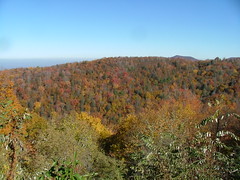
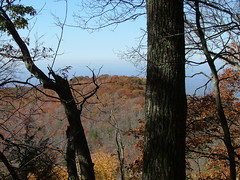

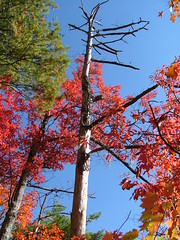
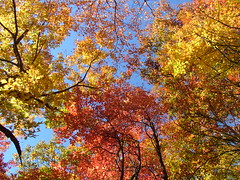
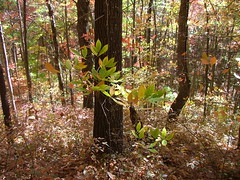
0 comments:
Post a Comment